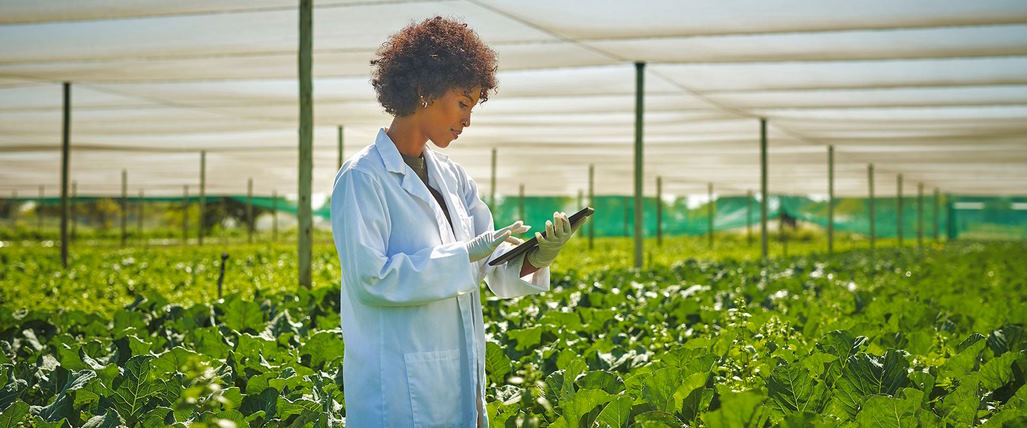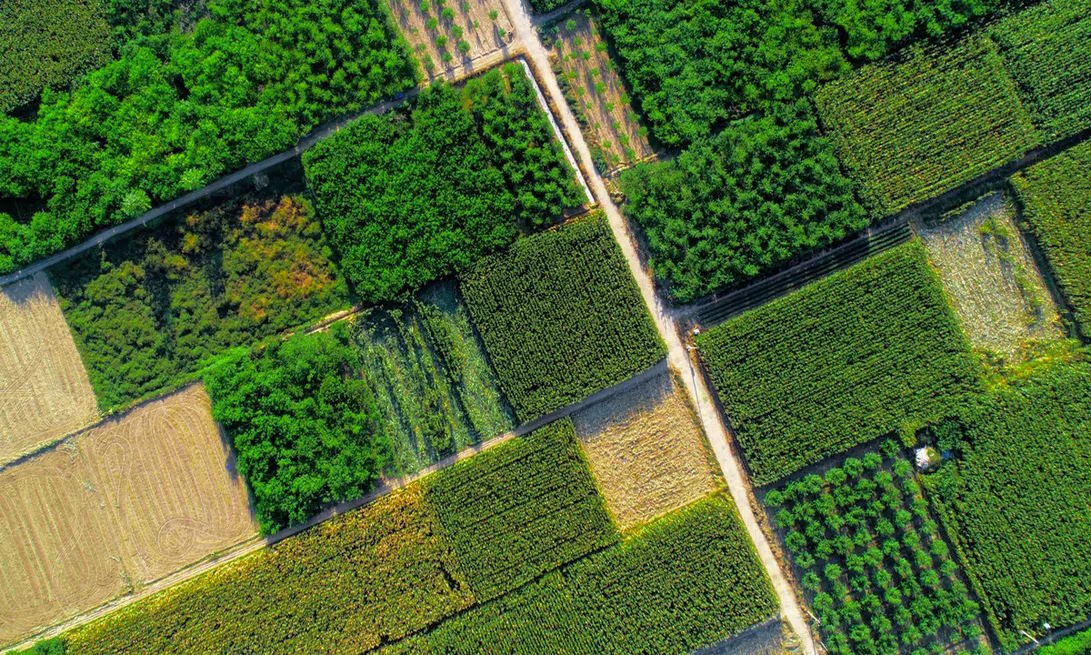Sustainable agriculture is at the forefront of efforts to ensure a resilient global food system capable of nourishing the world’s growing population while safeguarding the planet’s resources. With mounting challenges such as climate change, soil degradation, and water scarcity, it has become imperative to adopt agricultural practices that prioritize long-term environmental, social, and economic viability. This article explores the key principles of sustainable agriculture, providing insights into how farmers, policymakers, and communities can work together to transform our food production systems. By embracing these principles, we can forge a path towards a sustainable and secure future, where agriculture thrives in harmony with nature and fulfills the nutritional needs of present and future generations.
Soil Health and Conservation: Nurturing the Foundation of Sustainable Agriculture
Importance of maintaining healthy soils
The foundation of sustainable agriculture lies in the health of our soils. Healthy soils support robust crop growth, enhance nutrient availability, and contribute to increased water retention. Moreover, they act as vital carbon sinks, sequestering carbon dioxide from the atmosphere and mitigating climate change. However, soil degradation and erosion threaten the very essence of our food systems. Hence, it is crucial to prioritize soil health and conservation practices to sustainably feed a growing population.
Practices for soil conservation and improvement
- Crop rotation and diversification
Crop rotation involves alternating different crops in a particular field over time. This practice helps break pest cycles, reduce diseases, and improve soil fertility. Diversifying crops not only safeguards against crop failures but also enhances soil biodiversity and nutrient cycling.
- Organic matter management
The addition of organic matter, such as compost or manure, enriches the soil with essential nutrients, improves soil structure, and fosters microbial activity. This promotes nutrient retention, reduces erosion, and enhances the soil’s water-holding capacity.
- Reduced tillage techniques
Excessive tillage disrupts soil structure and accelerates erosion. Adopting reduced tillage techniques, such as conservation tillage or no-till farming, minimizes soil disturbance and conserves soil moisture. These practices help protect beneficial soil organisms and promote organic matter accumulation.
- Cover cropping
Cover cropping involves planting non-commercial crops during fallow periods or alongside cash crops. These cover crops help prevent soil erosion, suppress weeds, and improve soil fertility through nitrogen fixation and nutrient scavenging. They also enhance soil moisture retention and provide habitat for beneficial insects.

Water Management: Cultivating Sustainability in Agriculture
Efficient water usage in agriculture
Water is a precious resource, and efficient water management is paramount for sustainable agriculture. With increasing water scarcity and the need to feed a growing global population, optimizing water usage becomes essential. By employing efficient water management practices, we can minimize water wastage and ensure its judicious use in agricultural systems.
Strategies for water conservation and irrigation
- Drip irrigation and precision farming
Drip irrigation systems deliver water directly to plant roots, minimizing evaporation and reducing water loss. This method promotes water efficiency by providing precise amounts of water where it is needed the most. Precision farming techniques, such as soil moisture sensors and remote sensing, further enhance water management by enabling farmers to tailor irrigation schedules based on crop needs.
- Rainwater harvesting and water storage
Capturing and utilizing rainwater is a sustainable approach to supplementing irrigation needs. Rainwater harvesting systems, such as rooftop collection and storage tanks, capture rainwater for later use in irrigation. Additionally, constructing reservoirs and ponds allows for water storage during periods of excess rainfall, ensuring a reliable water supply during dry spells.
- Water recycling and reuse
Implementing water recycling and reuse practices minimizes water waste and maximizes its efficiency. On-farm water recycling systems treat and reuse water from various sources, such as runoff or wastewater, for irrigation purposes. This closed-loop approach reduces dependence on freshwater sources and minimizes the environmental impact of agricultural water use.

Agroecological Approaches: Nurturing Harmony Between Agriculture and Nature
Understanding agroecology and its benefits
Agroecology represents a holistic approach to agriculture that acknowledges the intricate interplay between ecological processes, agricultural practices, and the well-being of farmers and communities. It seeks to promote sustainable farming systems that work in harmony with nature, striving for biodiversity, resilience, and long-term viability. By embracing agroecological principles, we can unlock a myriad of benefits for both the environment and agricultural productivity.
Implementing agroecological practices
- Polyculture and agroforestry systems
Moving away from monoculture, agroecological approaches emphasize polyculture and agroforestry systems. Polyculture involves growing multiple crops together, mimicking natural ecosystems. This promotes biodiversity, reduces pest and disease risks, enhances soil health, and improves nutrient cycling. Agroforestry integrates trees with agricultural crops, providing additional ecological benefits such as shade, wind protection, and increased carbon sequestration.
- Biological pest control
Agroecology relies on biological pest control methods to manage pests without the use of synthetic chemicals. Encouraging natural predators and beneficial insects, such as ladybugs and birds, helps maintain ecological balance and control pest populations. Employing trap crops, companion planting, and crop rotation further disrupts pest lifecycles and reduces the need for chemical interventions.
- Nutrient cycling and biological nitrogen fixation
Agroecology emphasizes nutrient cycling and biological nitrogen fixation to enhance soil fertility sustainably. By implementing practices like composting, crop residue incorporation, and green manure cover crops, nutrients are recycled back into the soil, reducing reliance on synthetic fertilizers. Biological nitrogen fixation, facilitated by leguminous plants and symbiotic bacteria, enables the conversion of atmospheric nitrogen into a usable form, reducing the need for nitrogen-based fertilizers.
